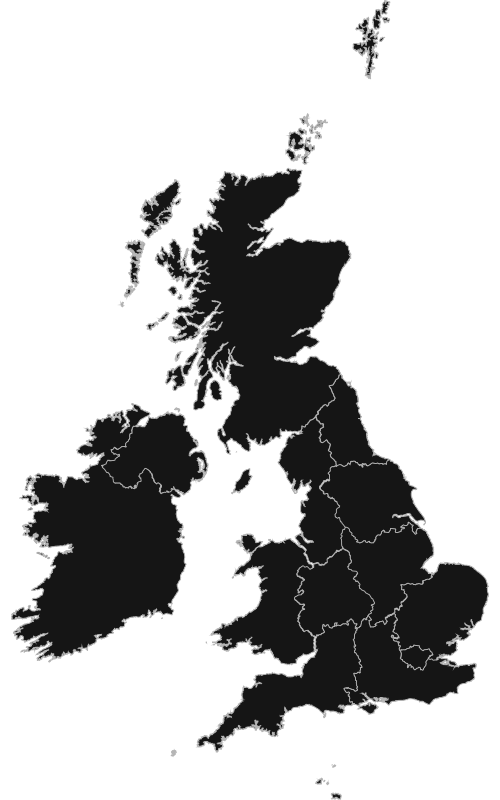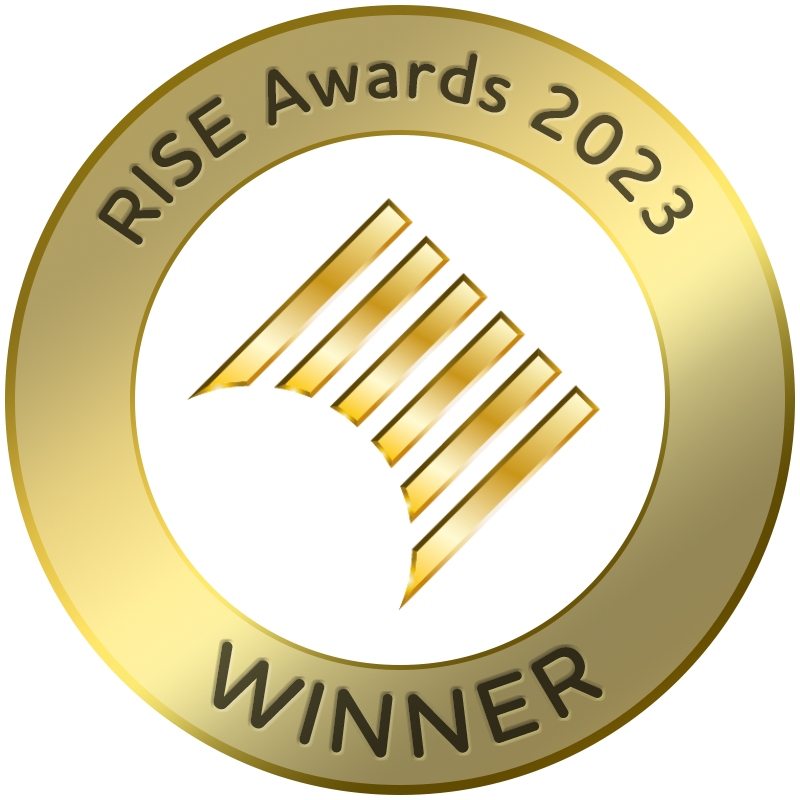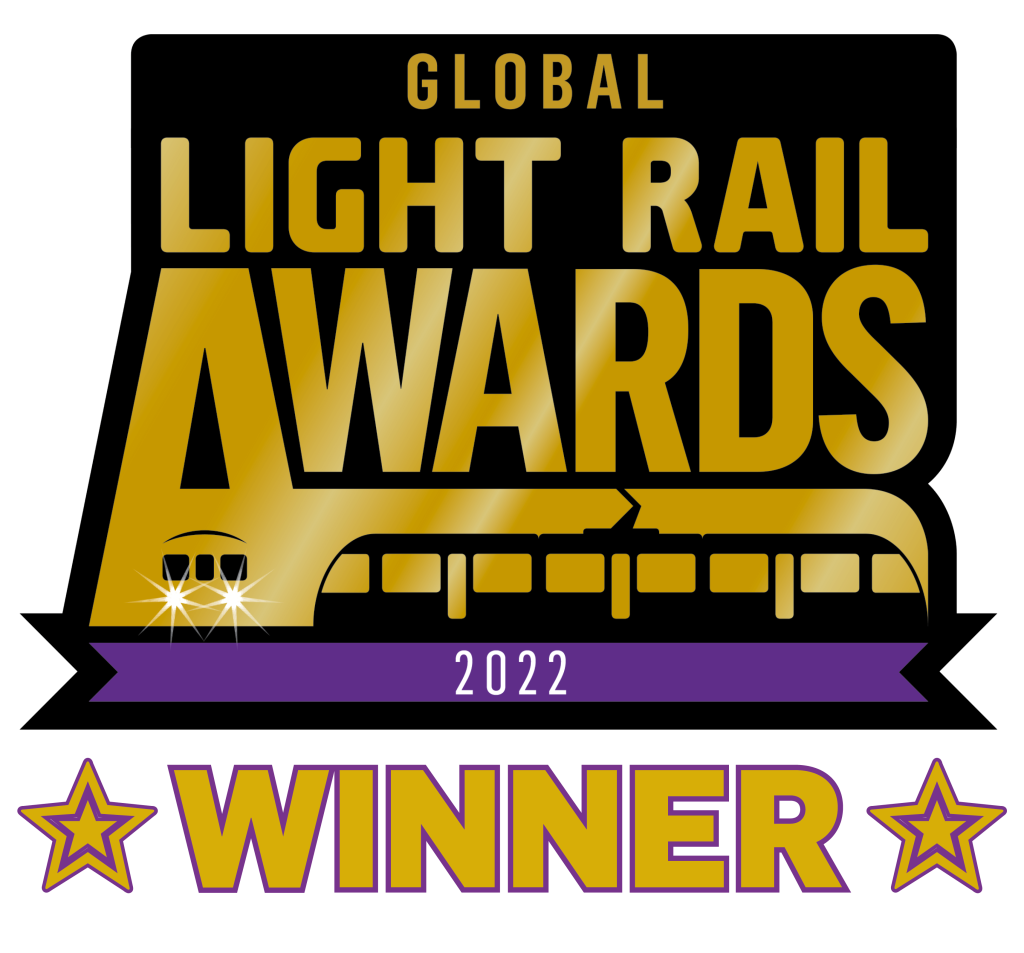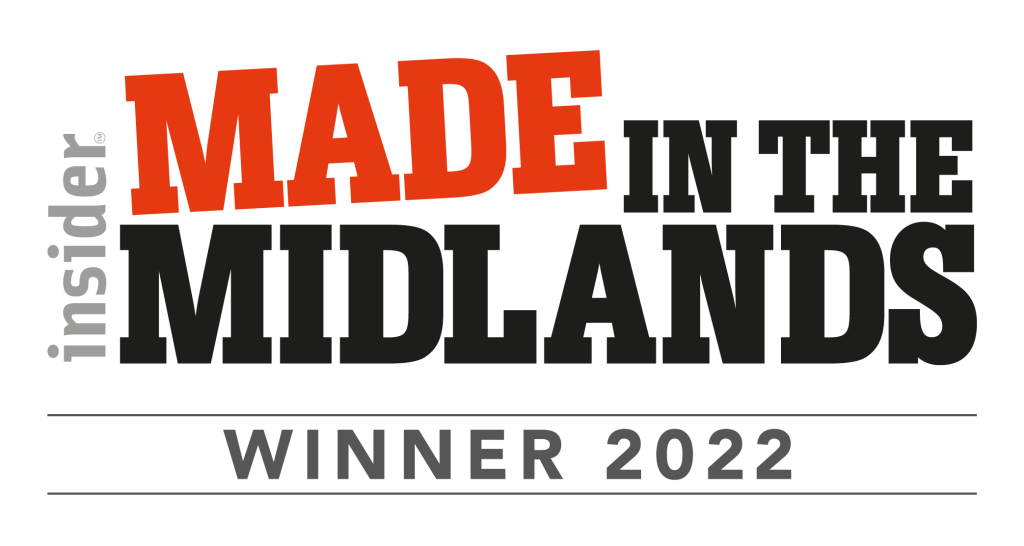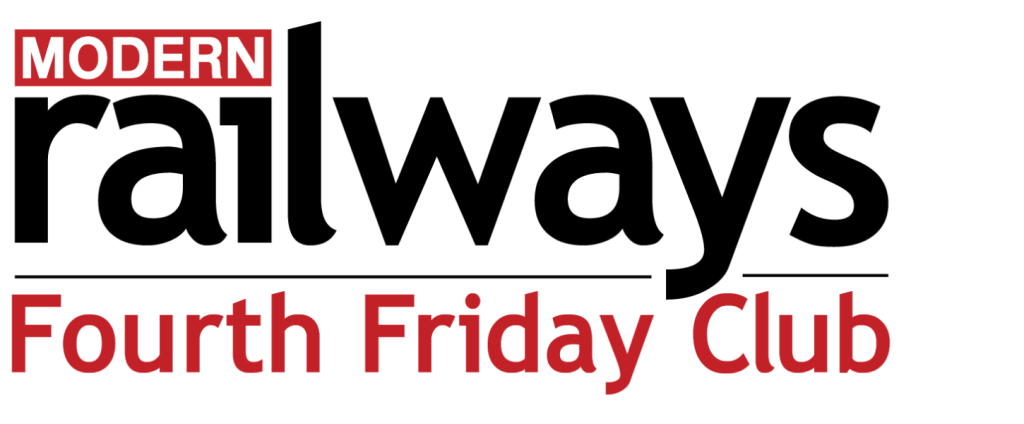SUSTAINABILITY
SUSTAINABILITY
Sustainability Mission
To deliver a greener, more reliable, high-quality passenger experience which fully supports decarbonisation, modal shift and provides economic sustainability.
Revolution VLR Sustainability
Sustainability has been a fundamental consideration in the design of the Revolution Very Light Rail (RVLR) vehicle and its associated support systems. Whole-life environmental and economic sustainability aspects have been given particular attention. This will ensure that business cases for introduction of rail services operated by RVLR are highly compelling and maximise direct and indirect benefits to communities and regional economies.
Revolution VLR Sustainability
Sustainability has been a fundamental consideration in the design of the Revolution Very Light Rail (RVLR) vehicle and its associated support systems. Whole-life environmental and economic sustainability aspects have been given particular attention. This will ensure that business cases for introduction of rail services operated by RVLR are highly compelling and maximise direct and indirect benefits to communities and regional economies.
Sustainability Factors
environmental
Revolution Very Light Rail (RVLR) supports net zero public transport strategies. It provides a greener public transport solution compared with heavy rail alternatives. Plans for development of battery-only vehicles are underway.economic
Economic sustainability has been paramount in the design and build of Revolution VLR (RVLR). Lightweighting is fundamental to minimising operating costs. The lighter the vehicle, the less energy it requires to propel it and the less wear it causes to the track and infrastructure. Targeted mass reductions include lightweight composite body panels, hollow axle wheelsets, small-diameter wheels, and carbon fibre propshafts. All-electric braking avoids the need for costly hydraulic or pneumatic systems.social
Revolution Very Light Rail (RVLR) transport solutions can also provide a more permanent environment for local and regional developments, with residential and commercial corridors developing along the rail routes. These ribbon developments are a crucial factor for supporting modal shift from road to rail, generating more passenger demand and supporting the growth of local businesses. The socio-economic benefits of a permanent rail solution to serve local communities brings investment in regional jobs and up-skilling opportunities for the workforce.Sustainable Factors
ENVIRONMENTAL
- Zero/low emissions operation assists decarbonisation
- Quieter Operation
- Maximised recyclability including use of biodegradable elements
- Minimise carbon impact on build through UK sourcing
ECONOMIC
- Lightweighting reduces every aspect of operating cost
- Modularity makes re-roling and variant development cost effective
- Potential to optimise infrastructure and maintenance regime to reflect RVLR-only operations
- Application of technologies from automotive sector to reduce whole-system costs
SOCIAL
- Supporting UK based supply chain through employment and skills retention
- Socio-economic benefits from local support
- Improved local and regional connectivity
- Increases residential and commercial opportunities
Supply Chain
The Demonstrator vehicle was built using predominantly UK suppliers. This minimised the carbon impact of the build and brought socio-economic benefits to local communities.
Radius
Majority of UK suppliers were based in the Midlands.
UK Supply chain
By monetary value and component count.
Approximates for tier 1 suppliers for the Demonstrator vehicle.


